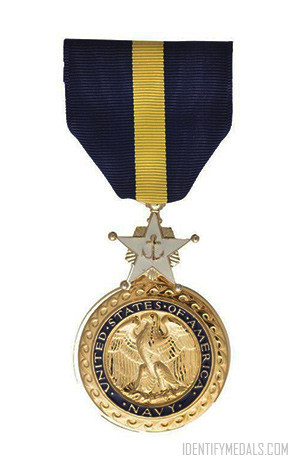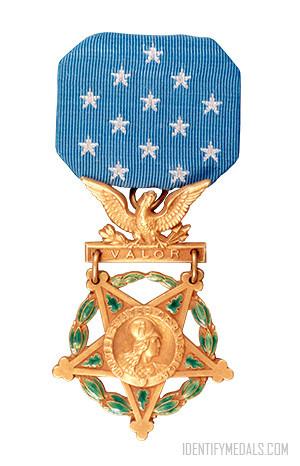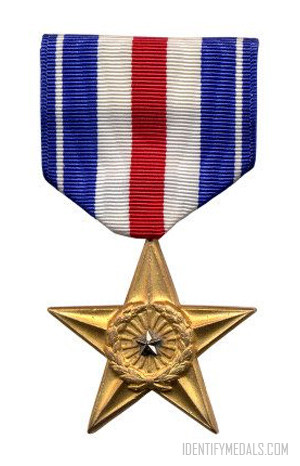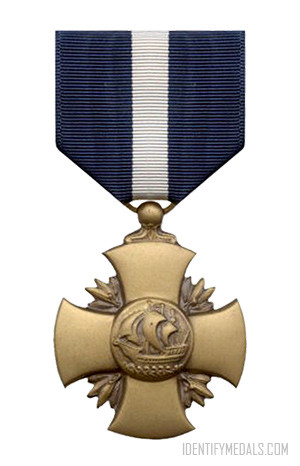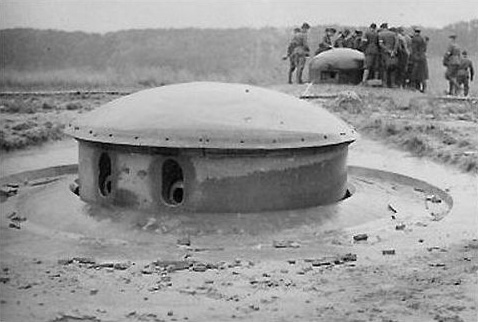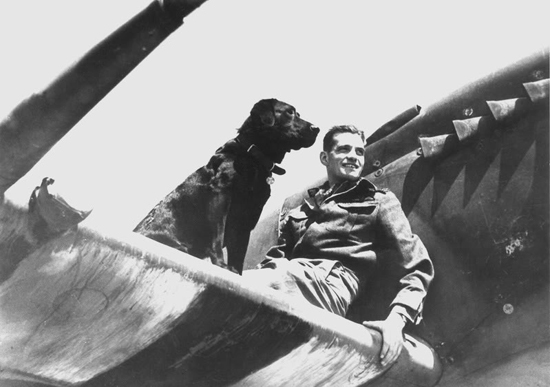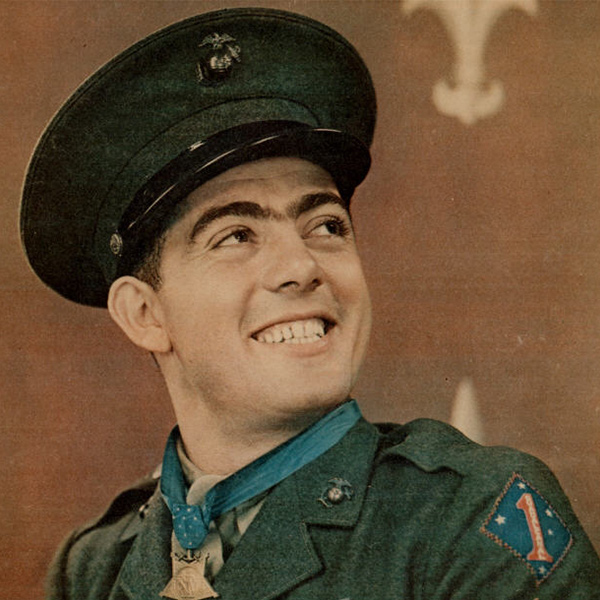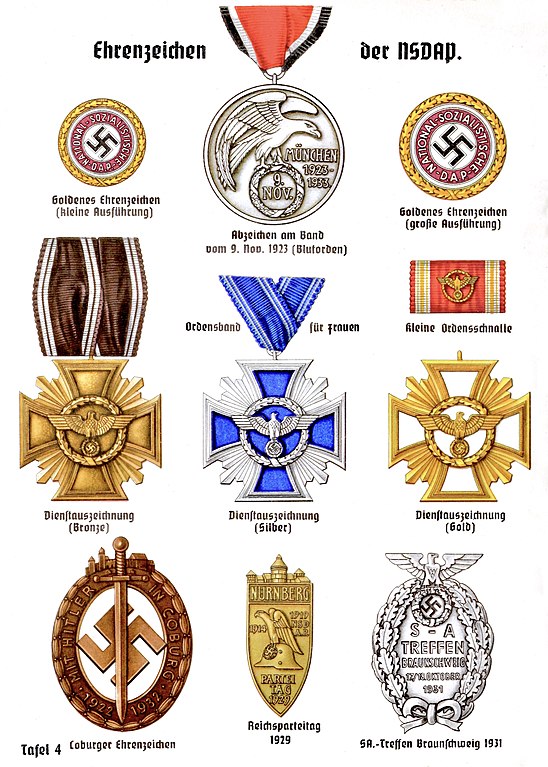We’ve all heard of the famous battle of the Pacific—Midway, Iwo Jima, Okinawa, and maybe even Saipan and Tinian—but there’s a good chance that you’ve never heard of the Battle of Tarawa.
The Americans faced the most sophisticated Japanese defensive positions here that would not be replicated until Iwo Jima in 1945. Even so, yard for yard, Betio—the main island of Tarawa atoll—was the toughest fortified position the Marines would ever face in World War II.
Betio and the Gilbert Islands
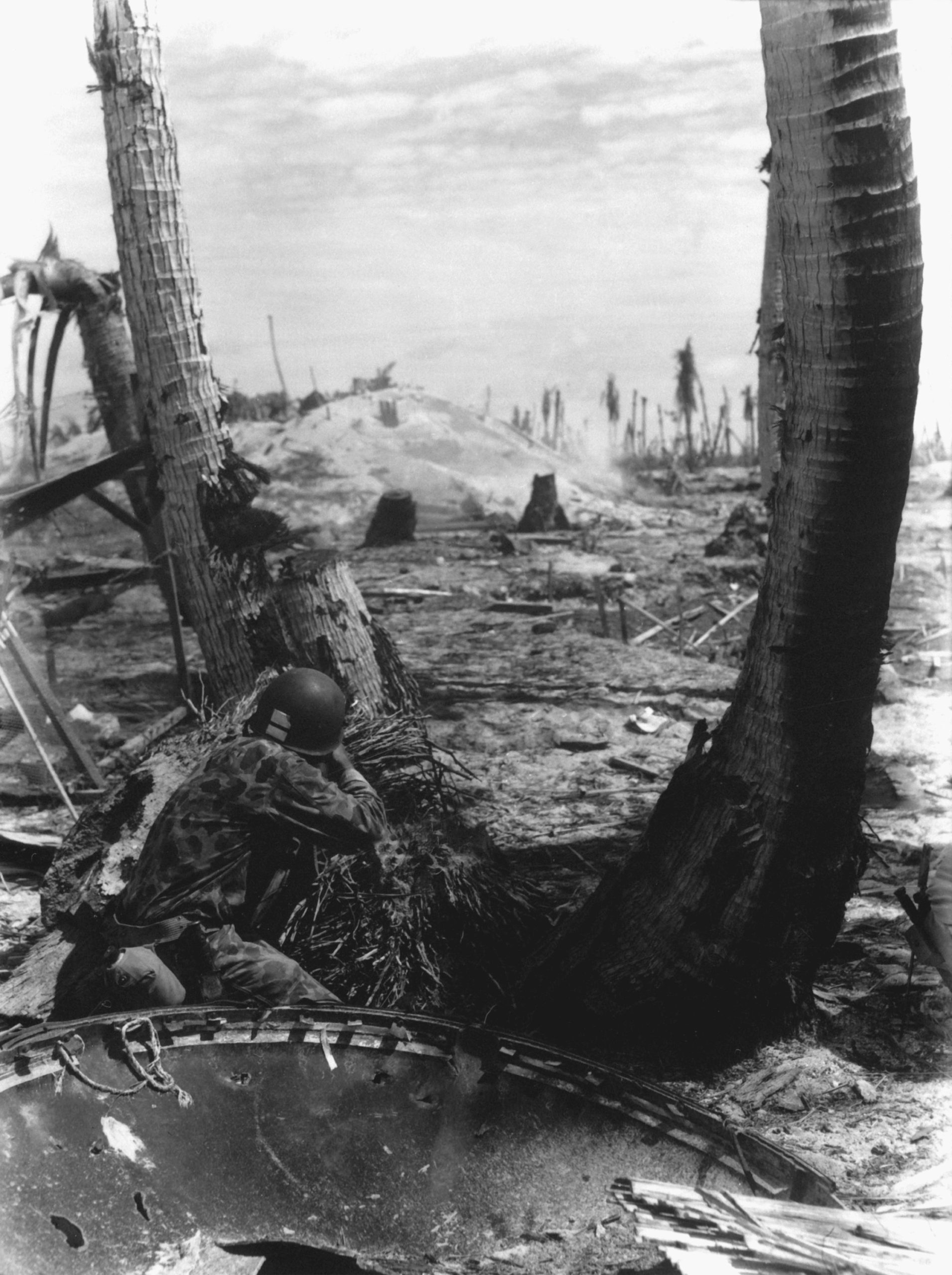
Betio Island was three hundred acres, or the size of the Pentagon building and parking lots, and it was the centerpiece of the Gilberts invasion known as Operation Galvanic. The Americans hoped to seize the Gilberts in the Central Pacific as a first step to their continued island hopping toward Japan.
Betio and other islands in the Gilberts had the strategic benefit of airfields that would allow the Americans to reach new strategic points that were closer to Japanese strongholds in the Pacific.
But it would take 76 hours of intense fighting—called “utmost savagery” by veterans—in order to finally seize the island from the Japanese defenders, many of whom were rikusentai, known by some as “Japanese Marines.”
During that time, the Marines suffered almost as many killed-in-action casualties—over 1,000—as in the six-month Guadalcanal campaign from late 1942 to early 1943. In fact, the 2nd Marine Division would suffer a thousand casualties a day at Betio, the highest casualty rate sustained by any division in the war.
76 Hours of Battle (November 20-24, 1943)
When the 2nd Marine Division of roughly 20,000 men—including the 2nd Marines, the 6th Marines, and the 8th Marines (infantry); the 10th Marines (artillery); and the 18th Marines (the composite engineer regiment)—landed on Betio on November 20, 1943, there was chaos within the first hour.
Although there had been a naval bombardment a couple of hours earlier, the Marines were not as surprised by the incredibly low tide as they were by the fact that so many of the Japanese had managed to survive the bombardment and were blasting away at those landing.
Boats received heavy fire even before nearing the reef. “This isn’t going to be a cakewalk!” many Marines quickly realized.
As the landing craft began to drop waves of Marines off, the later waves at first thought that the rows of Marines ahead of them along the beach were waiting for orders to move, but come to find out that they were dead. More soberly, veterans remembered that they couldn’t move without stepping on a body and that a man could lift his hand and get it shot off.
Things were not going as well as everyone thought or certainly wanted, especially in the first 30 hours. As the assault force commander Colonel David M. Shoup noted, “The situation does not look good ashore.”
In hindsight, many military leaders believe that if the Japanese had decided to counterattack on the first night, there is a good chance that the Americans would have lost the battle.
Major General Julian C. Smith, who led the division during the assault on Tarawa, later remarked, “The night of D-Day was the greatest danger to our landing forces . . . this was the crisis of the battle.”
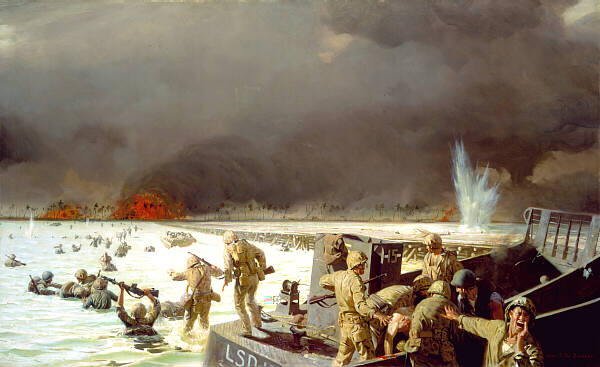
Fortuitously for the Americans, the commander of the Japanese garrison, Admiral Shibasaki and many of those working with him died on D-Day, leaving the Japanese forces temporarily somewhat chaotic.
But of course, the Marines who had to stay on Betio that first night didn’t know that information. One veteran thought that it was his last night on earth and tried to remember fun times with his wife and son. The darkness was very intimidating with land crabs scuttling around, crashing in the shadows, and wounded men crying for help.
The tide would not turn in the Americans’ favor until the afternoon of the second day. General Julian Smith called the 6th Marines out of reserve and ordered them to land on Betio where some units faced intense hand-to-hand combat. Many American casualties came from rifles, machine guns, and grenades.
On November 24, 1943 when the island was declared secured, it was riddled with bodies as were the nearby reefs. The only way someone could tell the difference between a Marine or a Japanese soldier was by the wrapped leggings that the Japanese wore.
Several smaller units landed on some of the other islands in the Gilberts to make sure that all Japanese forces had been removed, and on Christmas Eve 1943, the Gilbert Islands were officially free of the Japanese.
The Aftermath of Tarawa
Tarawa would never have the renown of larger battles like Iwo Jima or Okinawa, but it taught American military leaders two important concepts: 1) how to best handle an amphibious assault (some aspects of Tarawa went well while others didn’t) and 2) the realization that the Japanese would fight to the death—this was a new kind of enemy.
It was also one of the first battles where Americans on the homefront got to experience more of the full brutality the military had faced with the documentary made soon after the battle with real footage from the battle, With the Marines at Tarawa.
Not surprisingly, bond sales went up by quite a bit, but at the same time, Marine recruitment went down by 35 percent. Not as many men were interested in signing up for the horrors of Tarawa.
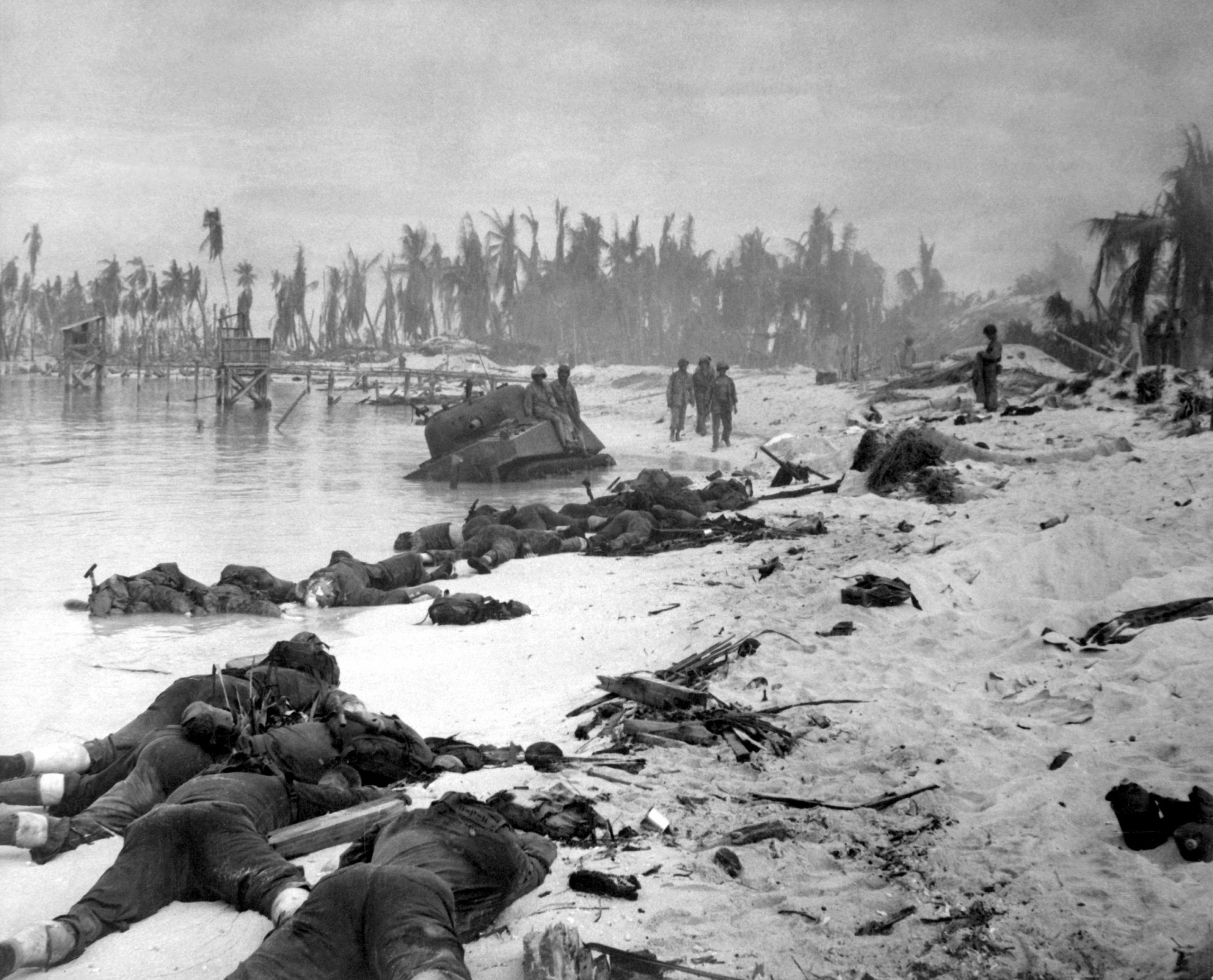
Four men would receive the Medal of Honor, including the assault force commander Colonel David M. Shoup, who was a brand new commander when the battle began. He was the only living recipient of the award.
Shoup himself was on his feet directing the fight for roughly 50 hours, and many believe that without Shoup’s leadership, the Battle of Tarawa would have been a defeat. Shoup would survive the war, be appointed by President Eisenhower as Commandant of the Marine Corps in 1959, and be buried in Arlington National Cemetery after his death in 1983.
The Medals of Tarawa
Colonel Shoup’s Medal of Honor Citation
For conspicuous gallantry and intrepidity at the risk of his own life above and beyond the call of duty as Commanding Officer of all Marine Corps Troops in action against enemy Japanese forces on Betio Island, Tarawa Atoll, Gilbert Islands, from November 20 to 22, 1943. Although severely shocked by an exploding enemy shell soon after landing at the pier, and suffering from a serious, painful leg wound which had become infected, Colonel Shoup fearlessly exposed himself to the terrific, relentless artillery, machine-gun and rifle fire from hostile shore emplacements and, rallying his hesitant troops by his own inspiring herosim, gallantly led them across the fringing reefs to charge the heavily fortified island and reinforce our hard-pressed, thinly held lines. Upon arrival on shore, he assumed command of all landed troops and, working without rest under constant, withering enemy fire during the next two days, conducted smashing attacks against unbeliveable strong and fanatically defended Japanese positions despite innumerable obstacles and heavy casualties. By his brilliant leadership, daring tactics and selfless devotion to duty, Colonel Shoup was largely responsible for the final, decisive defeat of the enemy, and his indomitable fighting spirit reflects great credit upon the United States Naval Service.
In addition, General Julian Smith nominated 319 other men for the Navy Cross, the Distinguished Service Medal, Silver Star, and Legion of Number. As Joseph E. Alexander noted in Utmost Savagery, a book well worth reading, “the total number of 2d Marine Division members nominated represented less than 5 percent of those who participated in the fighting, a healthy restraint.”
The savagery of Tarawa would soon be usurped by Iwo Jima where the Japanese had the opportunity to hide out in caves and inflict substantial amounts of damage on the American landing forces.
Nonetheless, it remains a significant battle in its own right, as up until that point, every veterans of earlier battles in the Pacific and of other wars—including World War I—were amazed by the intense fighting and entrenched defensive positions that they encountered on Betio Island, Tarawa Atoll, in November 1943.
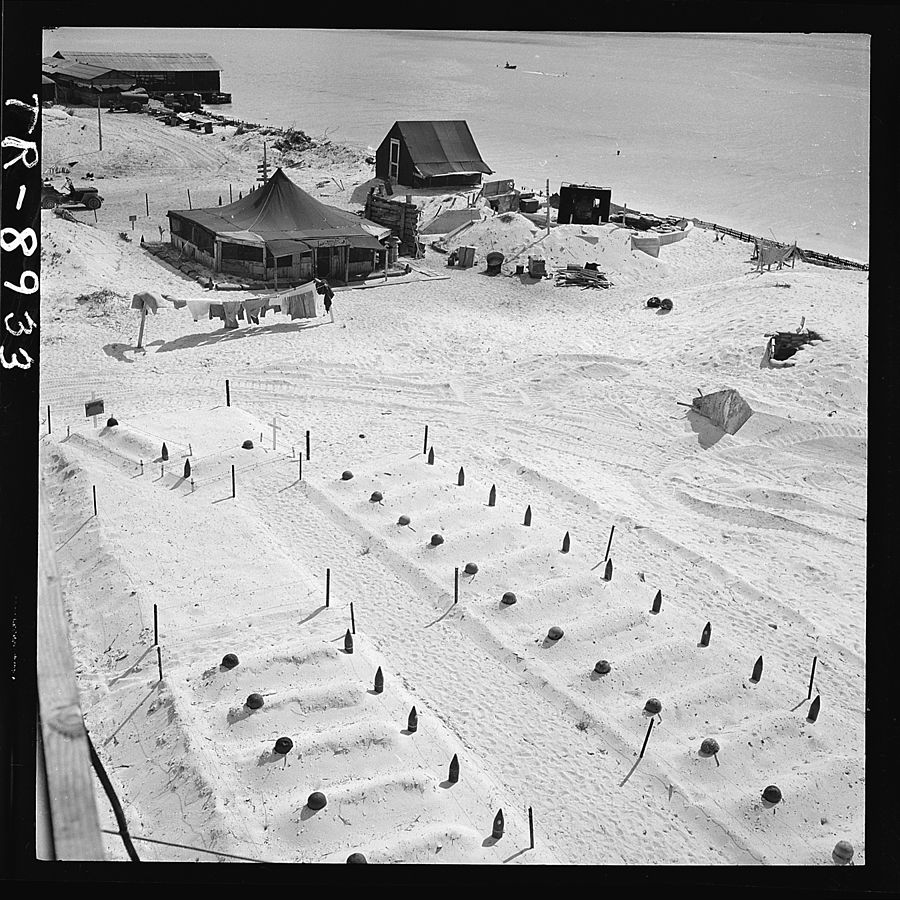
Sources
- Alexander, Joseph E. Utmost Savagery: The Three Days at Tarawa. Naval Institute Press, 1995.
- https://www.wearethemighty.com/articles/how-this-brave-marine-saved-the-day-at-tarawa-atoll
- http://www.marinemedals.com/shoupdavid.htm
Guest Contributor: Rachel Basinger is a former history teacher turned freelance writer and editor. She loves studying military history, especially the World Wars, and of course military medals. She has authored three history books for young adults and transcribed interviews of World War II veterans. In her free time, Rachel is a voracious reader and is a runner who completed her first half marathon in May 2019.

